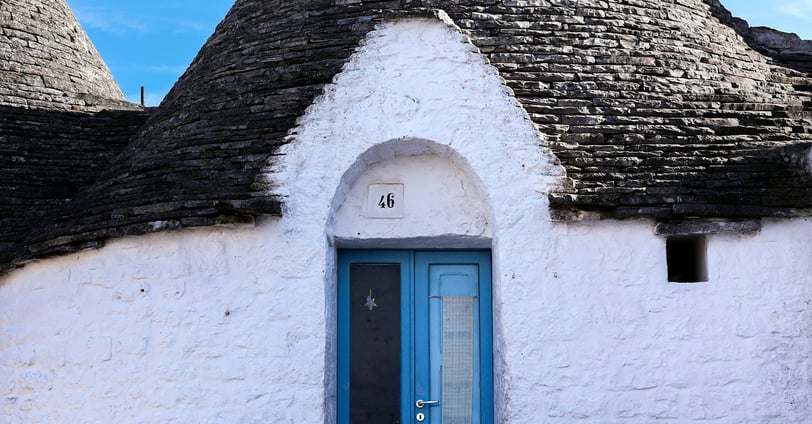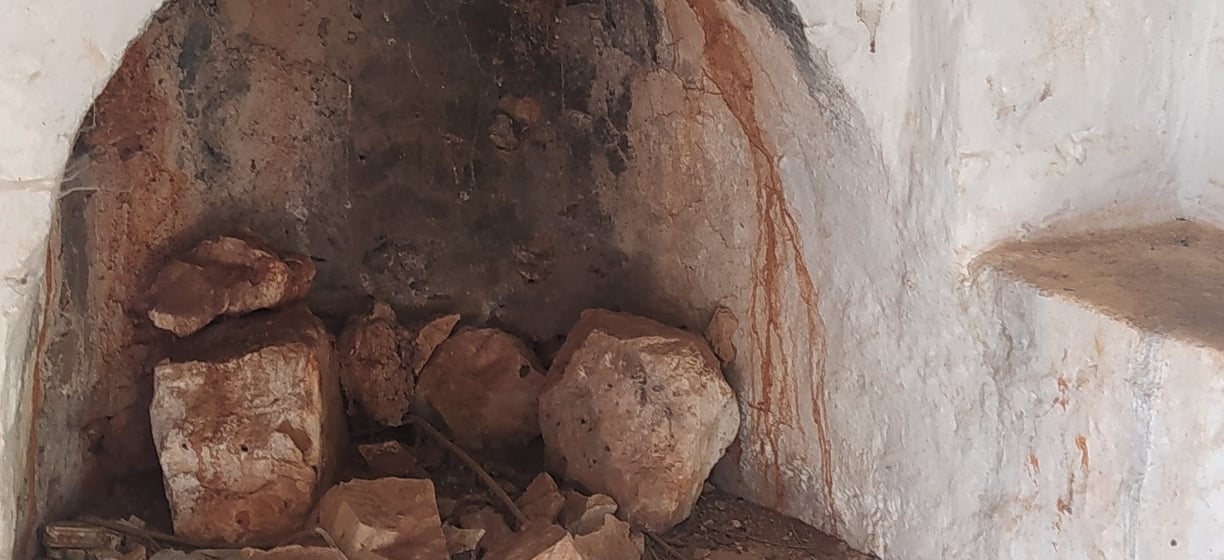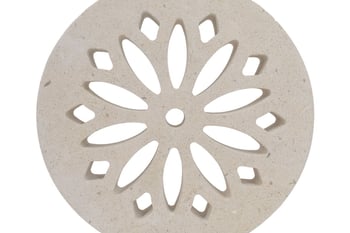We believe that every house has a story to tell. Let us help you write yours.
MAINTENANCE, RECOVERY, AND RESTORATION INTERVENTIONS FOR DRY STONE STRUCTURES
PPTR Puglia, guideline for mantenance, recovery and restoration for drystone structures
Arch. Rosanna Franco fonte Regione Puglia
9/11/20243 min read


Maintenance, Restoration, and Conservation of Dry Stone Structures
1. General Context
Human-Influenced Territory: Puglia is characterized by a strong human presence, where the landscape and dry stone structures are closely intertwined.
General Principle: Every intervention should be considered part of a collective effort aimed at preserving the landscape.
2. Intervention Criteria
Conservation: Preserve the original typological and architectural features of the structure.
Material Culture: Reintroduce and respect traditional dry stone techniques and materials, adapting to local specifics.
Materials: Use only stone that has not been industrially processed and avoid the use of concrete, even in non-visible parts.
Integration: Repair missing parts with materials that match in workmanship, shape, and size.
Sealing: Avoid sealing the joints of the walls.
Work Methodology: Use the "stitch and unstitch" method to maintain the original material and form of the structure.
3. Criteria for Finishing Selection
Traditional Finishes: Adhere to local tradition, using materials and colors that blend harmoniously with the surrounding landscape.
Flooring: Exclude ceramics, colored marbles, and cement bricks. Restore existing old flooring or, if absent, use newly cut stone or terracotta.
Woodwork: Prefer maintenance of original wooden fixtures. If new fixtures are needed, they should be made of solid wood and match the local style.
Light and Shadow Effects: Restore the traditional technique of white limewash, particularly for trulli in the Valle d'Itria.
Coloring: Use traditional colors (white, light blue, wine pink, straw yellow) only if traces of previous colorings are found.
Pinnacle: Careful revision or complete dismantling and reassembly of the stone pinnacle at the top of trulli roofs is allowed.
3.3 Technological Connections and Energy Equipment


3.3 Technological Connections and Energy Equipment
Avoiding Irreversible Changes:
Careful planning is required for the placement and nature of all technological installations.
Since any alterations to stone walls for inserting cables or pipes are irreversible, it is recommended to install conduits externally.
This applies to both water and electrical systems. For electrical installations, visible cables and equipment designed for surface mounting are preferred.
Whenever possible, all installations should be routed through the flooring.
Heating System Challenges:
Traditional dry stone structures were designed to balance heating and ventilation, typically using a continuously operating fireplace ("focarile").
The fireplace was not only for cooking but also maintained appropriate humidity and temperature levels.
Restoring the traditional fireplace is encouraged for both aesthetic and functional reasons.
If not feasible, radiant floor heating systems may be considered.
Prohibited Installations:
Installing technological equipment like external air conditioning units, alarm systems, and photovoltaic modules on dry stone buildings is not allowed.
Such equipment may be placed at ground level and hidden with small dry stone structures or vegetation.
3.5 Habitability/Usability Requirements
Adherence to Hygiene and Safety Standards:
Municipalities may adjust building regulations to allow exceptions for historic buildings to meet modern hygiene and safety standards.
Ventilation and Direct Lighting:
Current habitability standards require rooms to have direct ventilation and lighting.
Given the design of dry stone buildings, which often lack direct ventilation and lighting in rooms and alcoves, small openings (max 30x30 cm) may be made in the walls to allow minimal ventilation and light.
Openings must respect the building's structural integrity and avoid architectural features like eaves or continuous internal/external lines.
Alternatively, a forced ventilation system may be installed.
Sanitary Facilities:
Modern sanitary facilities should be incorporated without altering key architectural elements like large arches or niches.
Avoid placing bathrooms within the central space or within the thickness of the dry stone walls.
Converting an alcove into a bathroom may be acceptable if it doesn't require excessive modifications for ventilation.
Kitchen:
It is advisable to restore and use the existing fireplace for cooking and heating, as it was traditionally done.
If restoration isn't possible, consider adding an annex to the original structure to house modern kitchen and bathroom facilities, designed as a unified volumetric structure.


